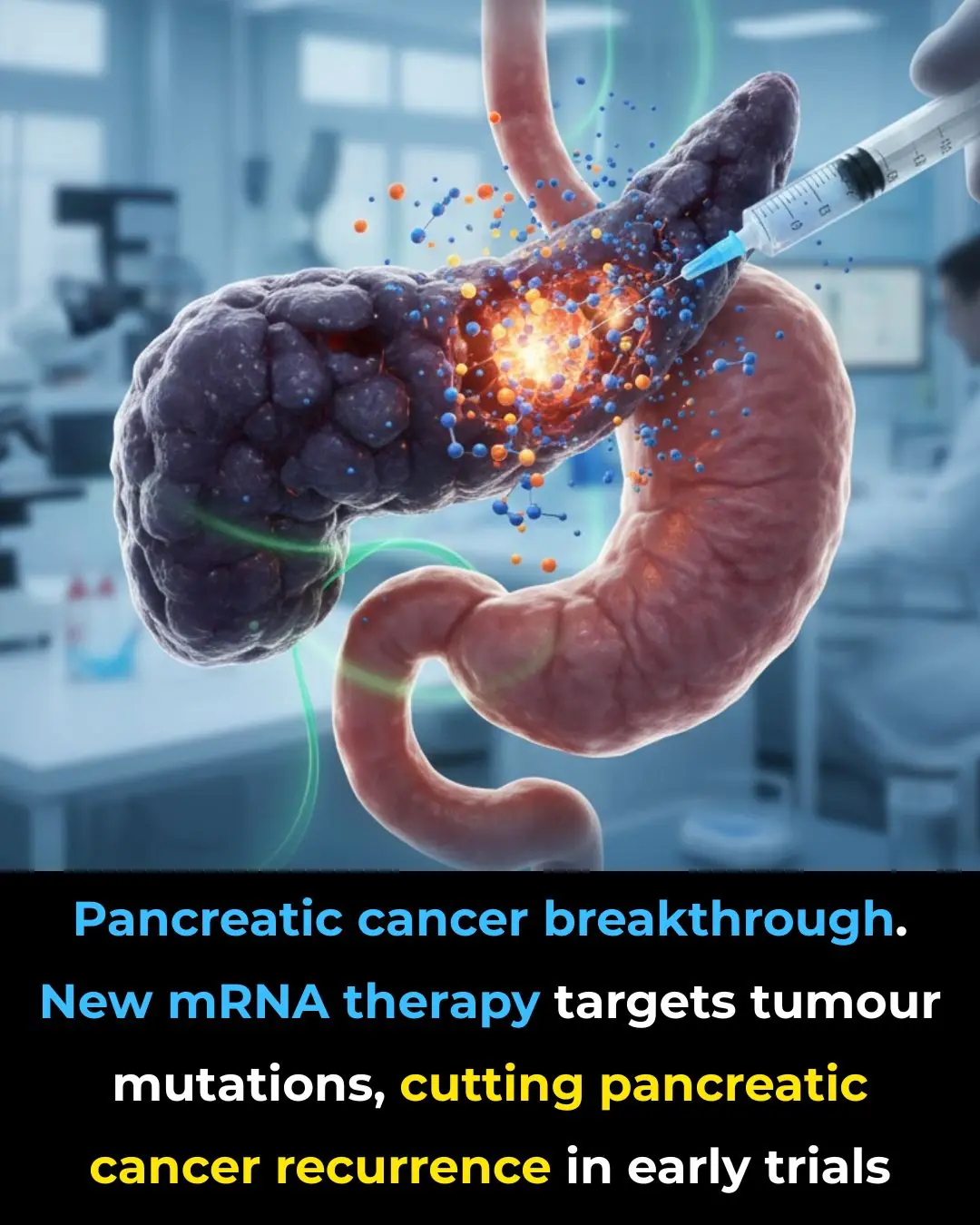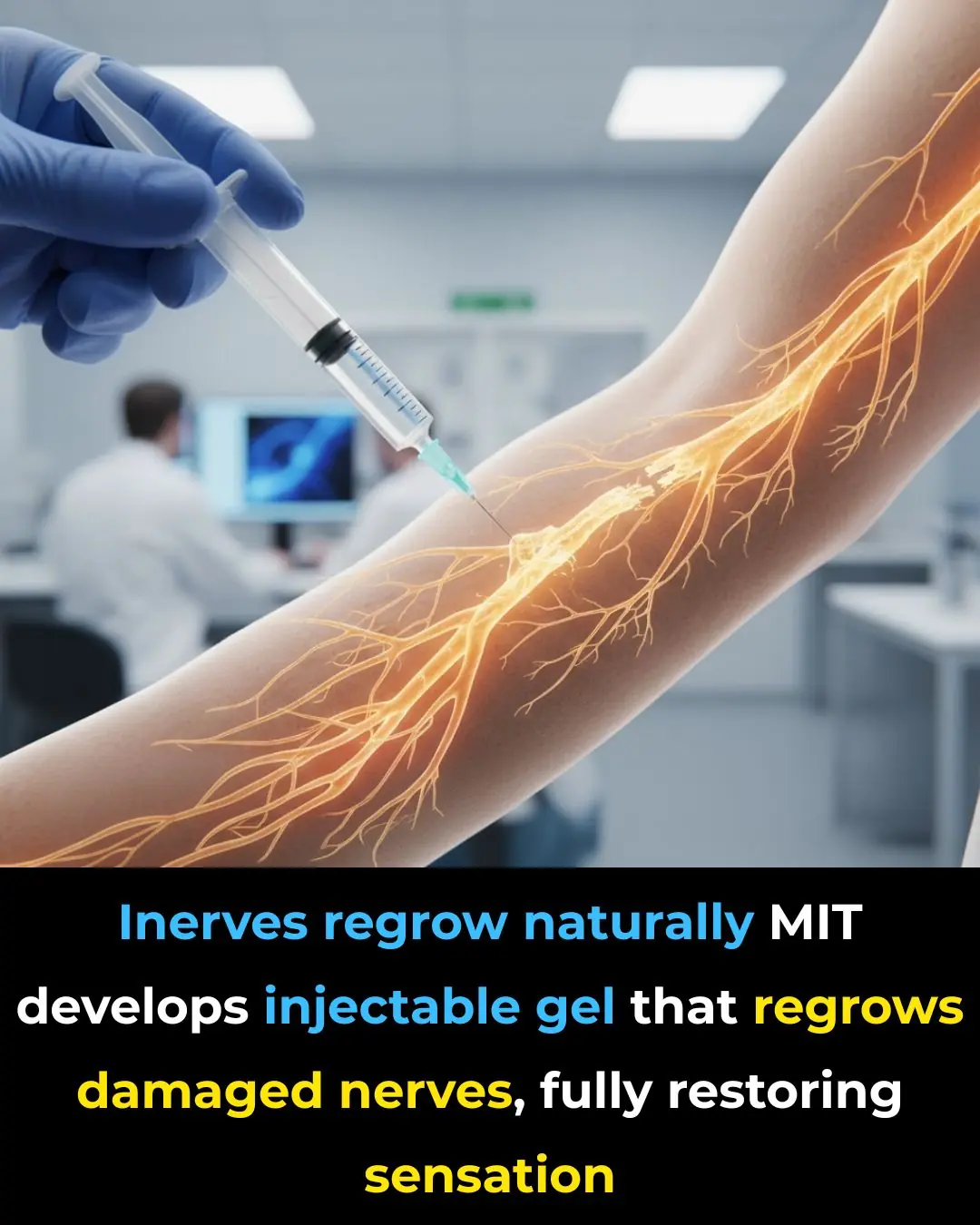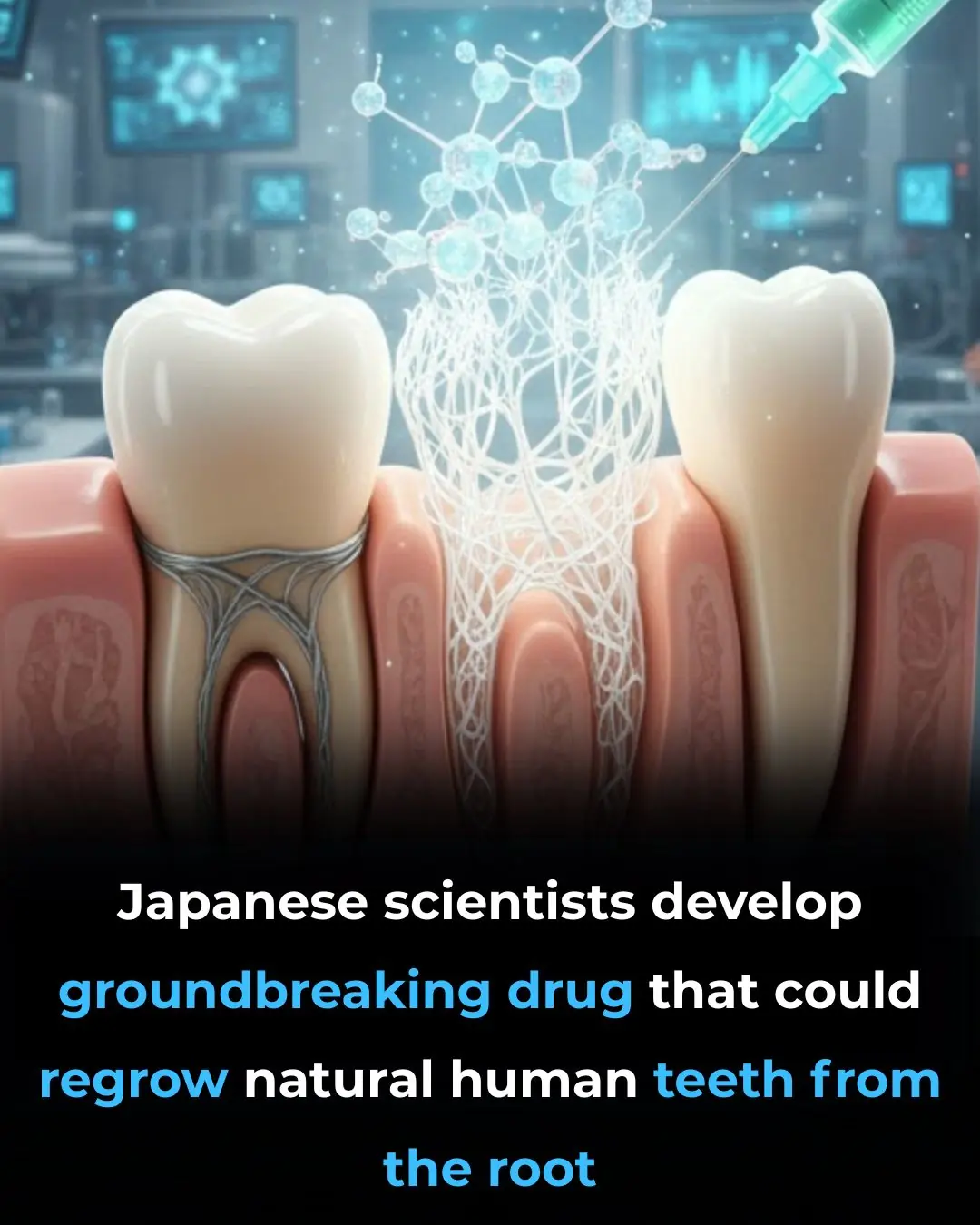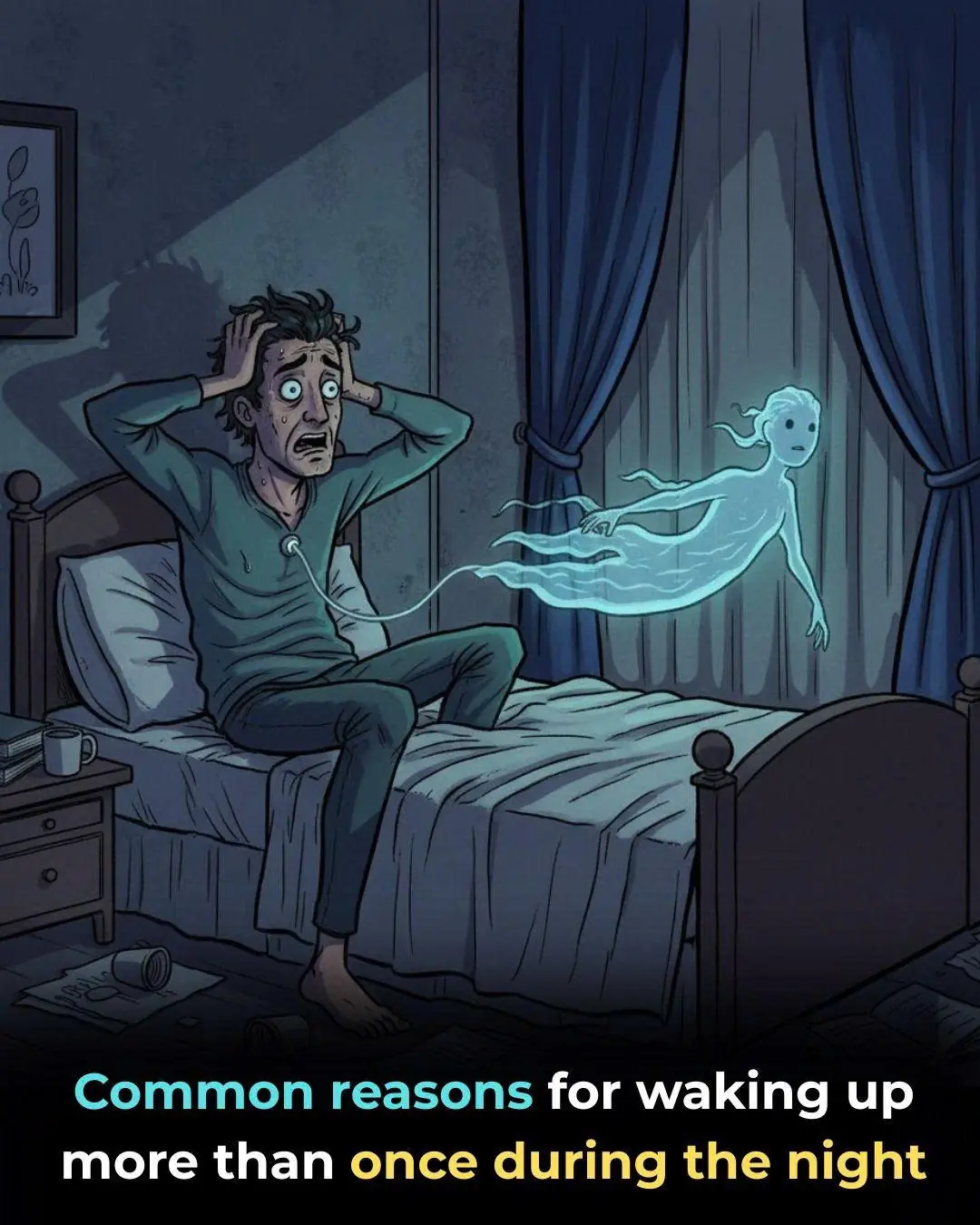
New CRISPR Therapy Shows Promise in Removing HIV and Preventing Viral Rebound
A Revolutionary CRISPR-Based Therapy That Removes HIV DNA and Prevents Viral Rebound
Scientists have reached a remarkable milestone in the fight against HIV by developing a CRISPR‑based therapy that appears capable of excising HIV DNA from infected human cells and blocking the virus from returning. This cutting-edge strategy goes beyond conventional antiretroviral treatments by directly targeting and deleting the viral genetic code, effectively erasing HIV from the host cell’s genome and stopping its capacity to replicate.
In laboratory and preclinical studies, cells treated with this therapy showed no evidence of “viral rebound” — the recurrence of HIV — pointing to a potential path toward a durable or even permanent cure. Traditional antiretroviral therapy (ART) can suppress the virus to undetectable levels but does not eliminate the integrated HIV provirus. By contrast, CRISPR-Cas9 gene editing allows scientists to cut out key regions of the HIV genome, potentially in one single intervention.
The most advanced candidate in this field is EBT-101, developed by Excision BioTherapeutics. This therapy uses an AAV (adeno-associated virus) delivery system to bring Cas9 and two guide RNAs into infected cells. These guide RNAs target three sites in the HIV genome, allowing large segments of the proviral DNA to be excised. According to Excision BioTherapeutics, in preclinical models (including human cell lines and humanized mice), EBT-101 was able to remove proviral DNA and prevent viral rebound. Excision BioTherapeutics, Inc.+2Excision BioTherapeutics, Inc.+2
Importantly, in a first-in-human Phase 1/2 clinical trial (ClinicalTrials.gov identifier NCT05144386), EBT-101 has demonstrated a favorable safety profile. clinicaltrials.gov+1 The company reports that the initial dose was well tolerated, with no serious adverse events. Excision BioTherapeutics, Inc.+1 During the trial, some volunteers who stopped ART eventually experienced viral rebound. aidsmap.com+1 However, the trial represents a critical first step in applying CRISPR-based therapies in humans.
This work builds upon earlier foundational research. For example, a pivotal in vivo study published in Nature Communications showed that combining a long-acting form of ART (“LASER ART”) with CRISPR-Cas9 editing eliminated HIV in some humanized mice and prevented viral rebound. Nature In other laboratory experiments, researchers were able to excise the full HIV-1 genome—including long terminal repeats (LTRs) at both ends—from latently infected human T cells without harmful off‑target effects. Nature
Furthermore, a 2019 study demonstrated that CRISPR–Cas9 could eliminate infectious HIV DNA in cultured human cells, confirming that the strategy has real therapeutic potential. PMC Additional studies have assessed possible off-target cuts and the overall genomic integrity, suggesting that with careful design, CRISPR can be specific and safe. PMC
Despite the excitement, researchers emphasize that caution is still warranted. There are several significant challenges:
-
Delivery: Getting CRISPR components into all the relevant HIV reservoir cells (many of which are deeply hidden in tissues) remains difficult.
-
Efficiency: Not every infected cell may be edited, and incomplete editing could allow some virus to persist.
-
Off-target effects: Although many studies show high precision, there is always a risk of unintended cuts in the human genome, which could have long-term consequences. BioMed Central
-
Immune response: The body’s immune system might react to CRISPR components or the viral vector used to deliver them.
-
Viral diversity: HIV is highly variable, and the therapy must be able to cope with different strains and latent forms. Reviews emphasize that CRISPR-based excision is promising, but overcoming viral resistance and delivering the therapy effectively remain big hurdles. MDPI
Nevertheless, the long-term implications are profound. If this CRISPR-based therapy can be optimized and proven effective in larger human trials, it could transform the treatment landscape for HIV: instead of lifelong ART, patients might need only a single administration to achieve durable remission, or even a sterilizing cure.
In summary, this CRISPR therapy marks a paradigm shift: from suppressing HIV to eradicating it at the genetic level. While the road ahead is still long — with delivery, safety, and efficacy challenges to overcome — the progress so far offers real hope of one day ending the HIV/AIDS epidemic at its root.
News in the same category


MIT Scientists Develop Injectable Gel That Can Fully Repair Nerves and Restore Sensation

A New Era of Computing: China’s Quantum Machine Surpasses the World’s Fastest Supercomputers

Reviving the Brain’s Waste-Clearing Pathways May Reverse Alzheimer’s Damage

Japanese Scientists Develop Drug That Could Regrow Human Teeth

White House Gives Major Update On Donald Trump's

What’s with the white paint on the tree trunks?

If You See A Bent Tree In The Forest, Start Looking Around Immediately

Scientists Discovered A Sinkhole 630 Feet Underground In China Known As “Heavenly Pits”

Ever Wake Up But Can’t Move

Are Eggs with Bl00d Spots Safe to Eat? The Truth Behind Those Tiny Red Specks

You’ll Think Twice About Soft Serve

A 42-Year-Old Man Died of a Stroke Despite Not Smoking or Drinking — Doctors Shocked to Find the Real Daily “Killer” in His Diet

How to Remove Water Stains from Wood with Mayonnaise

Close or open the bathroom door for ventilation? It turns out many people still do it wrong

What Does It Mean To Wear a Ring On The Right Hand

Who Will Not Be Eligible As Trump Promises To Give $2,000 To Almost Everyone In America

I Thought I Found Insect Eggs Under My Bed

The Lip Color You Pick Reveals What Kind of Woman You Are
News Post

Why You Keep Waking Up at Night

MAFS UK’s Davide breaks silence over ‘painful’ split from Keye

If You See A Purple Butterfly Sticker Near A Newborn, Here’s What It Means

16-Pound Giant Baby Made Headlines In 1983, But Wait Till You See Him Today

Research reveals the #1 vitamin for eye protection

World’s Most Secret Underground Villa Built By A Woman Living Off The Grid

Don’t Rinse Pork Immediately After Buying It — Use This Method to Keep It Fresh and Delicious for a Whole Month

Don’t Clean Your Rice Cooker with Plain Water: Use This Solution — Sparkling Clean in Just 5 Minutes

My nana taught me this hack to deodorize trash cans in 2 mins with 0 work. Here’s how it works

Neat Hack

Boiling Shrimp in Plain Water Makes Them Fishy and Mushy — Add This for Bright Red, Firm, Flavorful Shrimp

I Had No Idea What That Little Fabric Square Was For — Until Now

Girl Abandoned By Parents For Her Looks Wants To Prove The World Wrong – Now She Models For Vogue

12 Weird but Genius Ways to Unclog Things Naturally

Don’t Eat Tofu Right After Buying It — Freeze It First! The Results Are Surprisingly Amazing

Put Borax on Wax Paper and Slide It Under Your Fridge — Here’s Why

10 Surprising Ways to Use Vinegar Around the House

Works Like a Charm

My nana taught me a brilliant 2-minute hack that makes dusty blinds sparkle with zero effort — here’s how it works
